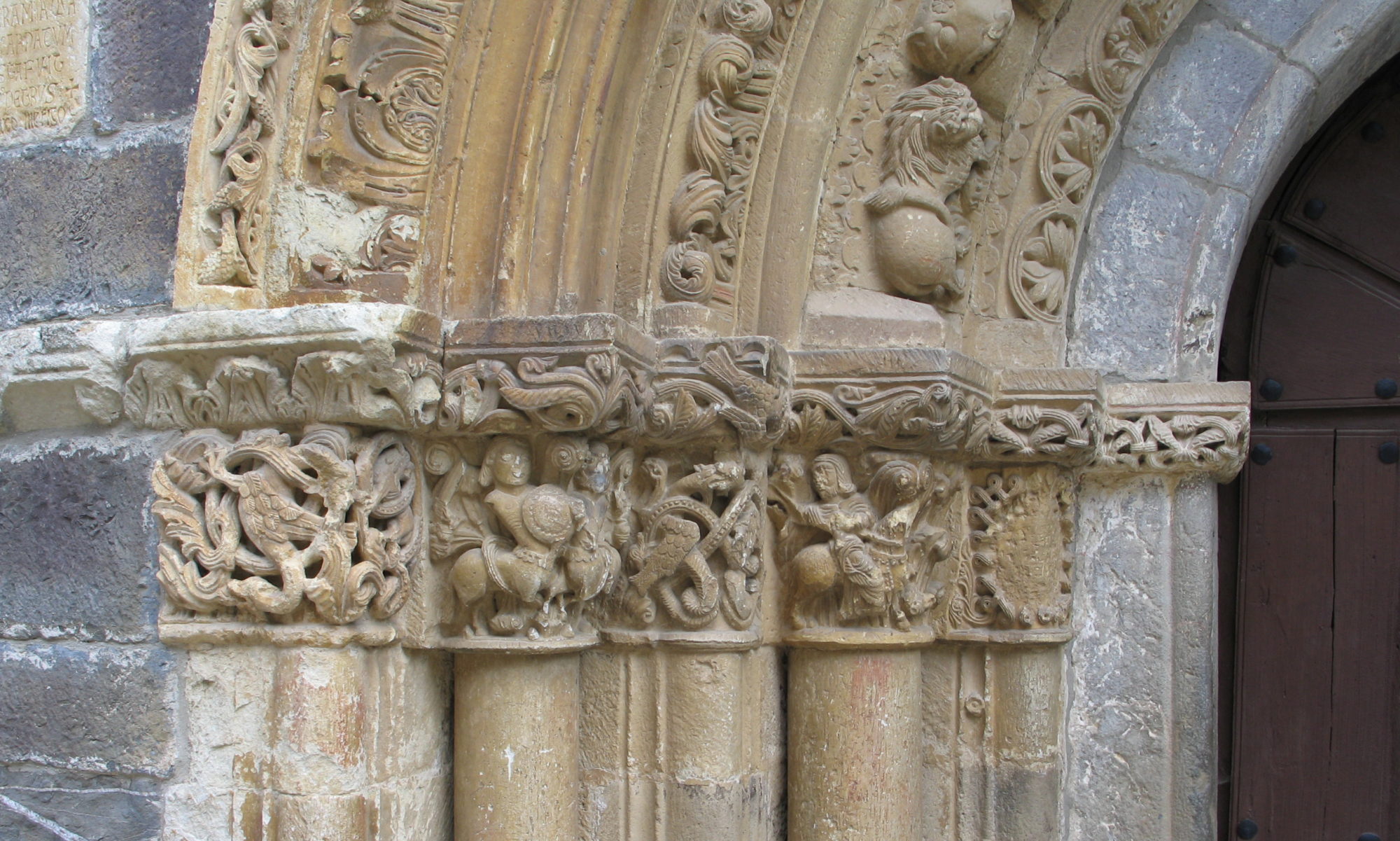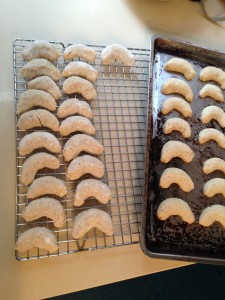I finished making two more kinds of cookies today, Uly, or Vosí hnízda (Czech beehive cookies) and a type of sandwich cookie called an Amadeus cookie. For both, I began by making Lillian Langseth-Christiansen’s Suvaroffs, from the Gourmet Magazine Old Vienna Cookbook. They would form the base of the Uly, and the “bread” for the sandwich cookies.
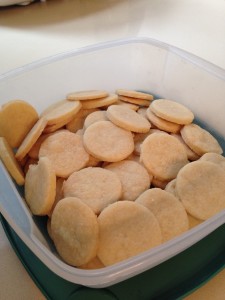
Then I made a paste of marzipan, pistachios, and kirsch to fill the sandwich cookies.
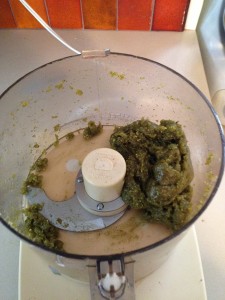
The cookies were dipped in a chocolate glaze, then left to cool.
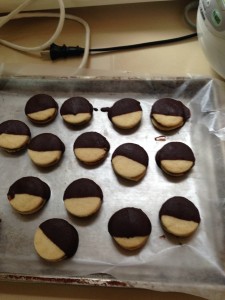
All the Uly recipes on the internet seem to used crushed biscuits for the “hives,” except this one, which used walnuts, so it became my inspiration. I made a half recipe of the walnut dough, and it seemed a little sticky, so I added a couple of tablespoons of cocoa, and some breadcrumbs. I’d add the former again, but I don’t think I needed the latter. Then I shaped them in my Uly mold, given to me by my very kind cousin (who can bake me into the ground, so to speak), Erika Pick.
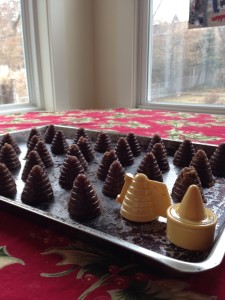
I filled them with a buttercream made from a stick of butter, an equal weight of icing sugar, and a tablespoon of rum. Then I filled the hives, and affixed them to the suvaroffs. Yum!

Vanilkové Rohlícky
Or Vanillekipferl, or vanilla crescents. They go by many names. The traditional Czech Christmas cookie plate is a thing of awe and beauty — a dozen or more different kinds of cookies, stuffed with apricot, layered with raspberry, filled with cream, or coated with chocolate or sugar, arranged in rich profusion. The wife of my grandfather’s nephew was the champion, and she would always send my grandfather a box each Christmas. But even my grandmother, who was not one of the world’s great lovers of cooking, always put together a cookie plate each year, repeating the tradition she learned as a child. Rum balls (hers were made of chopped chocolate and nuts, not cookies), shortbread (not as good as my Mum’s, sorry, Granny), and small florentines were on it, but the very best were the vanilkové rohlícky. We tried to make them; they fell apart, took hours, and tasted good, but ho hum. “Oh?” my Granny would say, puzzled, when we complained about how hard they were to make. “I just roll them out in long ropes and cut them.” Hmm. Clearly we weren’t using the same recipe.
Enter the handwritten cookbook of my great-grandmother, Marianne, which I talked about in a recent post. Sure enough, in its pages, handwritten in German, her first language, is a recipe for Vanillekipferln. Would they work? I had to try them out:
300-460 g Flour (I used a mix of all purpose and cake flour. I think all purpose would work fine)
100 g ground hazelnuts (I toasted whole nuts in a low oven until the skins began to come off)
100g sugar
1 egg yolk
I ground the toasted nuts in a nut grinder. You could also process them until fine in a food processor, but the grinder is best. I then put all the other ingredients except the egg yolk into the processor, and processed them until the mixture began to come together in a ball. Then, I added the yolk and processed that too, until thoroughly mixed. The dough was too soft to work with at that point, so I put it in a cold place overnight. In the fridge for an hour would also work. In the morning, I preheated the oven to 300o F (yes, a low oven) and, mirabile dictu, rolled pieces of the dough into ropes (about 1 cm diameter), cut them, and shaped them into crescents. I suggest using small pieces of the dough, no more than four cookies worth. Rolling on a cold surface helps. I used the smaller amount of flour — more flour would make a sturdier (though less buttery) dough. I baked them on greased sheets for 20-25 minutes. Begin with the shorter time, and check. There should be just a hint of brown at the tips of the cookies.
But wait, you ask, these are called vanilla crescents. Where does the vanilla come in? Once the cookies are baked, and before they cool down to much, I rolled each cookie carefully in vanilla sugar (superfine sugar to which I had added a vanilla bean a long time ago). About half a cup should do it. You could also use icing sugar, but I don’t like the taste.
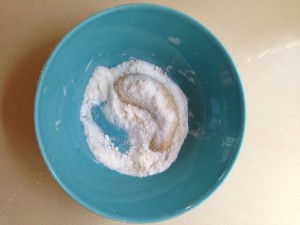
The Back of the Polyptych
A lot of my readers know that image on the cover of my novel, Pilgrimage, is a detail from a painting at the Metropolitan Museum of Art in New York City, a polyptych (that is to say, a panel painting that folds up) that had once been an altarpiece. The altarpiece as a whole is quite incredible, and shows scenes from the life (and death) of Saint Godeleva; in my novel, the mother of my heroine, Gebirga. The panel even includes images of the blind daughter who inspired Gebirga, so I was delighted to be able to use a part of it for the cover. Here it is in all its glory:
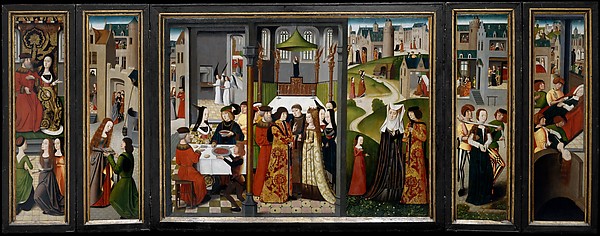
Well, not quite all its glory, as I discovered this evening. As an altarpiece, this polyptych would have hung behind and above the altar of a church. Polyptychs were designed to fold closed during Lent and other times of penance, concealing their beauty from the congregation. The closed doors of the polyptych would often have different painted scenes on their backs. You can see how this works in this link to the Ghent Altarpiece, which shows how it looks both open and closed.
It wasn’t until tonight that I discovered what was on the back of the doors of the Godeleva altarpiece. When closed, the four panels each show a different saint, with kneeling donor portraits in front of the saints on the far left and far right. Here is how it looks:
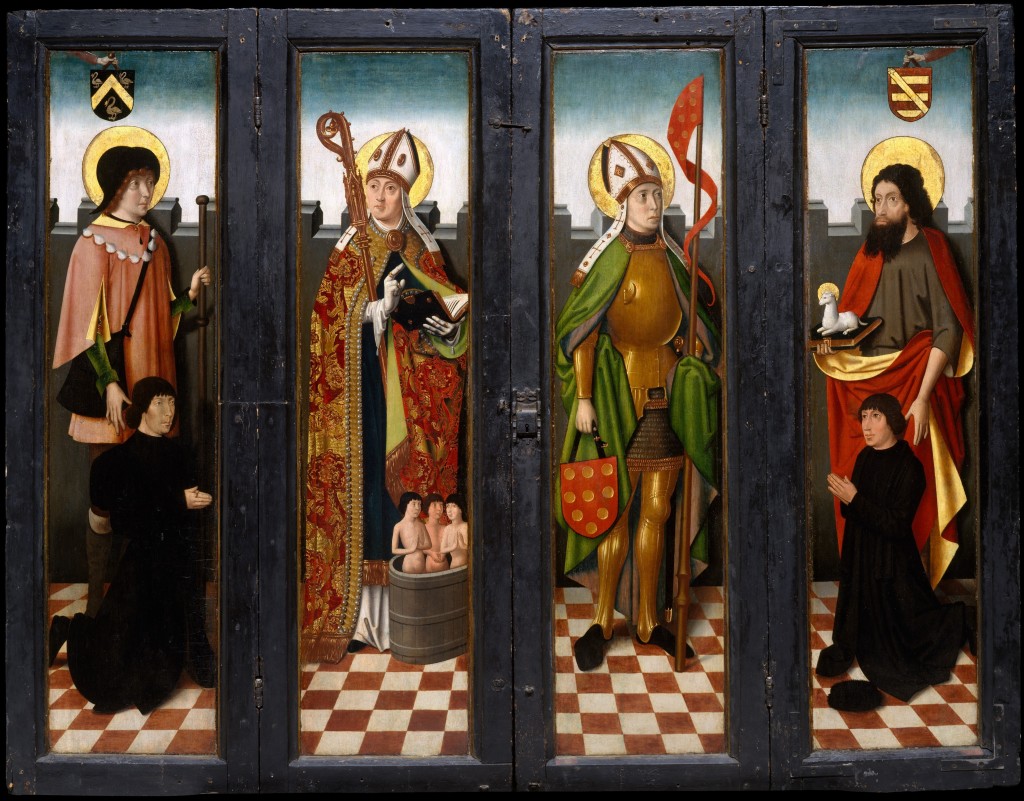
It was the two saints on the left who immediately caught my eye. I recognized them right away. The bishop in mitre and cope, holding his crook and a book was obviously Saint Nicholas, rescuing the three boys who had been chopped up and put in a barrel. Saint Nicholas, or at least his relics, play an important role in my novel. In their silver reliquary, they are Gebirga’s prized possession, carried with her on her journey until she relinquishes them so they can travel back to the Low Countries from Spain by boat. And as all Dutch children know, every year Saint Nicholas sails again from Spain around this time to reward them with treats. And the saint on the far left? The saint with staff, and pilgrim’s purse and hat, his neck ringed with scallop shells?
That is none other than Saint James, Sint Jaakob, Santiago himself.
